Working from home can be a great perk to entrepreneurship and remote work but can also be difficult if your setup is not conducive to quality and efficient work. Setting up a home office is much more than putting a desk, computer, and chair in a room. You need to consider how ergonomics, environmental factors, tools, and accessories contribute to your productivity.
Every home office is different. But the most efficient home offices include some very important items in order to make the most of the space available. In today’s article, we will list and review some essential items you need to run an efficient home office.
Desktop Computer
When thinking about purchasing a computer for work, most people make the default decision of looking at laptops. And why not? They are portable, sleek, and can do just about everything a desktop computer can do. However, having a desktop computer as your primary computer (as opposed to working primarily on a laptop) serves many benefits.
The obvious one is the screen size and positioning. It is recommended that your monitor should be 20-30 inches away from you or at about arm’s length to avoid eyestrain. This is much easier to do on a desktop due to the fact that the user has flexibility when positioning of the monitor and keyboard.
Desktops are more powerful due to the fact that there is more room for more powerful components. They are also priced a lot less than laptops.
Laptop
Even though having a desktop computer in a home office will allow you to run your business directly from your home office, having a laptop may also be necessary. Having a laptop computer will allow you portability to work from the office, a cafe, or on the kitchen table.
But the real reason I think you should have a laptop/desktop combo is to avoid any breaks in your business activities. As mentioned before, having a laptop allows you to have the mobility to take your office anywhere but it also gives you a secondary as a backup if your first is having technical issues. With a secondary computer you can also switch from one task to another quickly. A great secondary computer like ASUS Chromebook Flip C302 is a good addition to an office centered around a desktop. If you are looking to add a second laptop for a reasonable price, read our article 5 Best Business Laptops that are Under $500.
Ergonomic Office Chair
Sitting in a chair all day has proven to be unhealthy for us humans. A study conducted by Annals of Internal Medicine found sitting for excessively long periods of time is a risk factor for early death. Sitting in an uncomfortable chair for an extended period of time can cause compromised posture, slower metabolism, as well as contributing to muscle degeneration. It is recommended that you get up and move around every 30 minutes to combat some of these things. A comfortable chair with back support will help keep your body sturdy while you are sitting down.
When purchasing an ergonomic chair there are some key features to look out for. Here is a list of things to consider before making a decision:
Adjustability-The chair should have several different recline and height settings. Since humans come in different sizes and shapes, the chair you choose should be adjustable to a comfortable position for you.
Lumbar support-Your lower back should be supported by the chair.
Material-Office chairs are made from a variety of materials from leather, faux leather, vinyl, plastic, and mesh. When selecting the type of chair, keep in mind the type of material you don’t mind sitting in for extended periods of time. Also, consider which material looks the best and is easy to clean.
Armrest-The height of the armrest is important in order to prevent discomfort and injury.
Swivel Base– How your chair swivels may not seem like a big deal but it can be. Your chair should be able to swivel with ease so that you are not constantly overreaching which could lead to arm fatigue.
Desk
If you are going to be clocking in long hours on your computer the kitchen table or counter just won’t do. Not only because computer ergonomics can help you avoid immediate back and neck pain, but the way your desk is set up can also help with your productivity.
When selecting a desk there are a few things to consider
- How much space do you have?
- How much storage do you need?
- What desk materials will you need?
For limited space, a simple computer desk should do the trick. Some of these desks offer an extra shelf or two in order to place your computer monitor. If you have more room to work with, an “L”-shaped desk.
Simple Computer Desk
A simple computer desk should give you room to work but should also be large enough to house stationary and other items you need to be within arm’s reach.
” L”& “U”-shaped Desk
“L”-shaped and “U”-shaped desks can help with ergonomics since there are several different position options. If you are working with a laptop as well as a desktop, these larger desks are almost mandatory. With plenty of room for your screens, stationery, lamps, and papers, L and U-shaped are worth making room for.
Standing Desk
You also have the option of choosing a standing desk in order to avoid sitting for long periods of time. Standing desks are becoming more popular as studies have shown the health risks of prolonged sitting. However, it is important to note that standing desks may not be the magic bullet.
In fact, there is little evidence that standing instead of sitting at your desk burns enough calories make a difference. There is also evidence that standing for long periods of time has its own risk. A 2005 study in Denmark showed prolonged standing at work led to a higher hospitalization risk for enlarged veins.
Whiteboard/Glass Dry Erase Board (24″x 36″ or larger)
Whiteboards, dry erase whiteboards and walls are a staple at startup offices around the world. This is because large boards make it easy to jot down thoughts, illustrate strategies, and brainstorm ideas where everyone can see. Your home office should include a similar board.
If my wife was ok with it, I would write on every wall in our home. Since I keep losing that argument, I have several large whiteboards around my office. I highly suggest every entrepreneur have a whiteboard 24″x 36″ or larger. Anything smaller is limiting. The larger whiteboard can house daily “to-do lists”, large projects, mission statements or reminders.
All white and glassboards are not created equal so choose wisely. The cool looking Quartet Glass Dry Erase Board 48’x36″ is a great option. If you don’t have room on your wall for a board of that size, the VIZ-PRO Magnetic Dry Erase Board is a great secondary option.
Get Home Office Whiteboards on Amazon.com
Reliable High-Speed Internet
If you’ve ever been frustrated by slow or down internet while watching Netflix, it is 10 times as vexing when you are trying to run a business. The speed of the internet is important in order to prevent productivity lapses.
File Organizer
Your home office will need a place to store and organize your important documents and files. You can always go with an old-school filling cabinet. But there are some other, simpler, organizers that may be sufficient. The organizing system can be used to house business and tax documents as well as client files. With more businesses using cloud storage as a primary option, your file organizing system should be minimal.
Printer/Scanner
A good printer/scanner in the home office can come in handy when you need to send document, signatures, and files electronically. It also best to have a printing option when you need to obtain a physical copy of documents. Large printers are not really necessary these days as smaller printers with scanning, fax and copying capabilities like the Brother Printer MFCJ460DW are your best options. It is the printer we use in my home office.
Backup Drive/Storage
Using a cloud-based storage like Dropbox or Google Drive is always a good idea for backup storage. However, having an external hard drive to store your files ensures that you will have access to them even if your internet is down. Working offline is not ideal. But there are instances when it is necessary. Having your files backed up will ensure that you will be able to work uninterrupted. Another option is to print out important spreadsheets, financial statements, and files and retain them in your file organizer.
A Spot for relaxing
More modern home offices are being designed to include a space for resting and relaxing. With society being overworked, a place to recline or take a short nap may help productivity. A lot of space isn’t necessarily needed in order to create a spot for relaxing. The point is to get up and away from the computer for a period of time.
Here are some ideas you may want to include in your home office:
Futon
A futon is a good addition for an home office that you tend to spend long hours working in. Futons are good for taking some time away from your work or for a quick nap.
Chill Sack (Bean Bag Chair)
If you don’t have ton of space, placing a bean bag in the corner of the room will allow you to create a spot in your office for relaxing. Any bean bag that is comfortable and fits your space will do. But the 5-foot Chill Sack (seen above) is our favorite bag for office living.
Recliner and Ottoman
A recliner and ottoman combo in your office will give you a place to read or to just recline.
Supplier Account
Professional offices usually have an Office Manager in charge of making sure that supplies do not run out. But ordering supplies for your business shouldn’t be something you think about daily. Opening a supplier account with Staples will make ordering easy. I prefer to use Amazon Prime since I can get those things delivered for free and it is already tied to my current Amazon account.
Telephone
It may seem like a good idea to use your personal cell phone as your business phone but when you are setting up a home office it is wise to have a separate phone number in order. Having a separate line for work helps with creating home/work boundaries.
Instead of purchasing a new phone, using a virtual phone system like Grasshopper or eVoice is a better option. These services give you the ability to get a business telephone number (Grasshopper offers either a 1-800 number or a local number) and even set up a company directory.
Paper Shredder
A simple paper shredder is necessary in order to eliminate paper and documents that may contain sensitive material. It is recommended that a paper shredder should be used for discarding household mail to avoid identity theft. For the home office, this is also important to not only keep your information from being compromised but also the information of your customers’.
Clock or timing system
Keeping track of the time is crucial when working in a home office. Time seems to fly quickly and some activities can swell if you are not carefully monitoring and controlling your time. To fix this, you can use a stopwatch when beginning a task to make sure that you meet your deadlines. This is a good practice to have when taking conference calls. For a more advanced option, you can use free time tracking software to map your day or track your activities.
Office Safe
An office safe can be a good option for placing sensitive material or valuable items you want to keep safe. Small safes can be housed in closets or other out of the way places. Small office safes are great for holding valuables for extended periods of time.
Plants
Adding plants to your home office will give the space some much-needed warmth and visual appeal. When choosing the right office plant, you should choose a species that looks good but doesn’t require a lot of maintenance. Here are a few plants that are visually appealing, low maintenance, and are small enough to fit in the corner of most desks.
Here are a few options to get you started:
- Spider plants
- Philodendron
- Golden pothos
- Snake Plant
- Bamboo


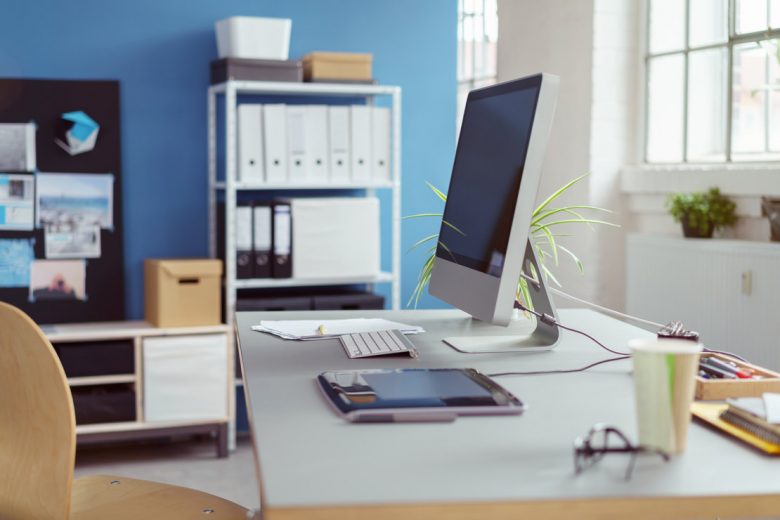
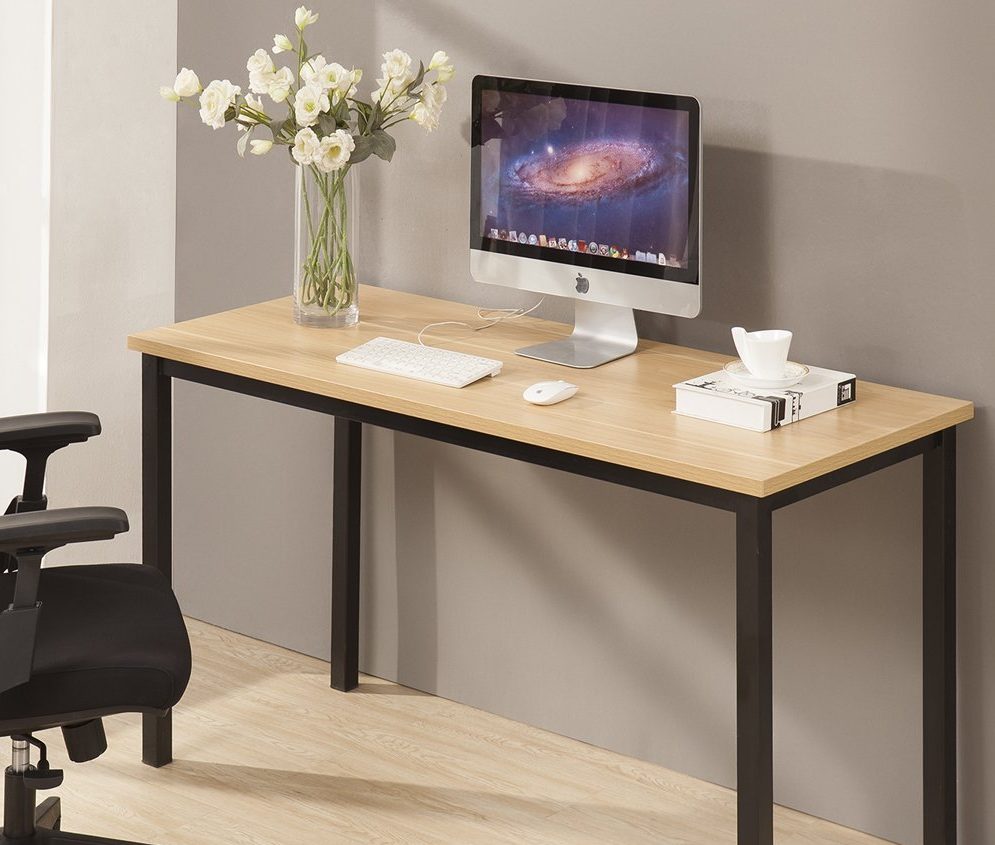
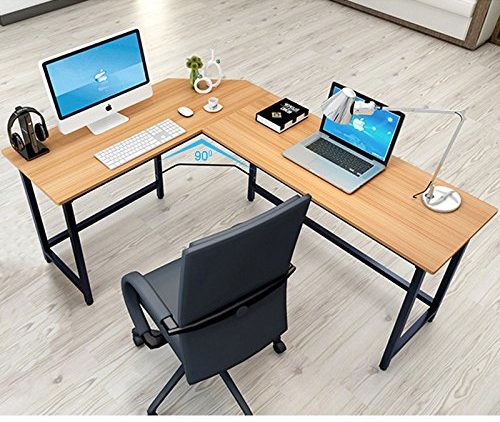

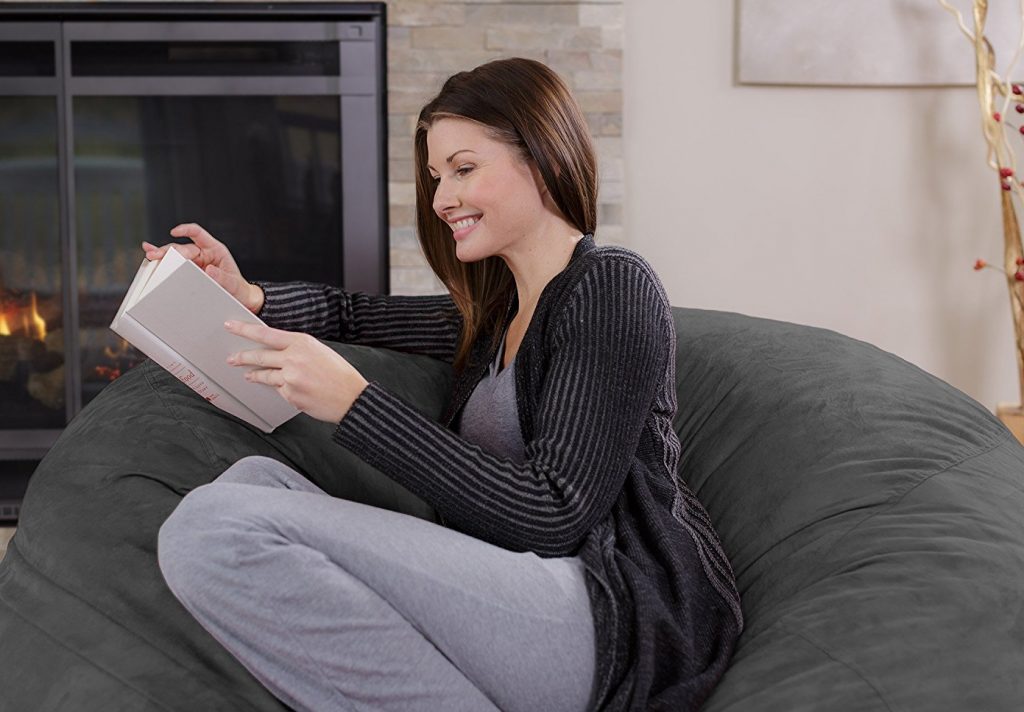
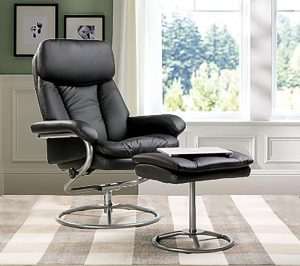
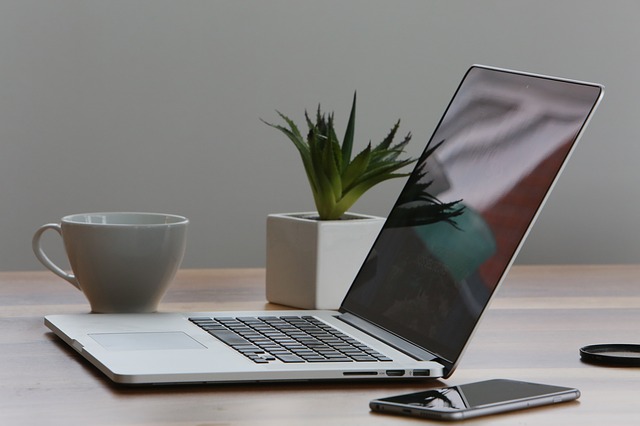






Pingback: Shawn Nutley on the Best Home Office Tools for Entrepreneurs | Surprisingly Free | Insights and Advice From The Best
Pingback: Cómo hacer que su oficina en casa sea más propicia para la productividad - MundoEmprendedor.Online
Pingback: How to Make Your Home Office More Conducive to Productivity - StartUp Mindset
Pingback: How to be Successful in the Long Term with Remote Working - Income Launcher TV
Pingback: How to be Effective in the Long Term with Remote Operating – Web Tech Mojo
Pingback: How to be Successful in the Long Term with Remote Working - StartUp Mindset
Pingback: How Office Design Can Facilitate Productivity - StartUp Mindset